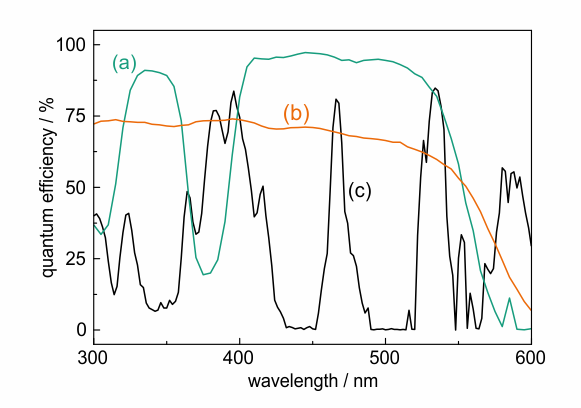For optical characterisation and evaluation, we offer the following services:
- Determination of absolute photoluminescence quantum efficiency
- Measurement of photoluminescence excitation and emission spectra, (temperature and/or angular resolved)
- Reflection, transmission and scattering measurements (UV-Vis-IR)
- X-ray diffraction: crystal structure, crystallinity, crystal orientation and strain
- Calorimetric methods for determination of specific heat capacity as well as glass transition and crystallization temperatures
- Evaluation of phosphor stability at high temperatures and high excitation powers




